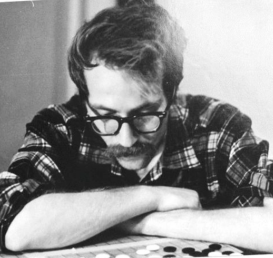After the German physicist Max Planck first raised the concept of quantum in 1900, the study of quantum physics was advanced through the efforts of many physicists, and a relatively complete set of theories of quantum mechanics had been developed by the 1930s.
Quantum cryptography relies on the foundations of quantum mechanics, in contrast to traditional public key cryptography, which relies on the computational difficulty of certain mathematical functions and cannot provide any indication of eavesdropping at any point in the communication process, or any mathematical proof as to the actual complexity of reversing the one-way functions used. Quantum cryptography was first proposed by Stephen Wiesner, then at Columbia University in New York, who, in 1968 or later, introduced the concept of quantum money and quantum conjugate coding. His seminal paper "Conjugate Coding" was rejected by IEEE Information Theory but was eventually published in 1983 in SIGACT News (15:1 pp. 78–88, 1983). In this paper, he showed how to store or transmit two messages by encoding them in two "conjugate observables," such as linear and circular polarization of light, so that either, but not both, may be received and decoded. He illustrated his idea with a design of unforgeable bank notes: quantum money. A decade later, building upon this work, Wiesner’s friends Charles H. Bennett, of the IBM Thomas J. Watson Research Center, and Gilles Brassard, of the University of Montreal, proposed a method for secure communication based on Wiesner’s conjugate observables. In 1991, Artur Ekert, then a PhD student at Wolfson College, University of Oxford, developed a different approach to quantum key distribution based on peculiar quantum correlations known as quantum entanglement. In the 1990s, as the traditional public key cryptography was threatened by the development of quantum algorithms and quantum computing, quantum cryptography received more attention.
Based on research into the history of quantum physics after World War II, I will advance my research mainly by literature research and interview, and seek more detailed knowledge of Wiesner’s thinking on quantum conjugate coding, effects on Bennett, cooperation between Bennett and Brassard, influence of the E91 to BB84 protocol and quantum cryptography, and the contribution of the scientists involved.

